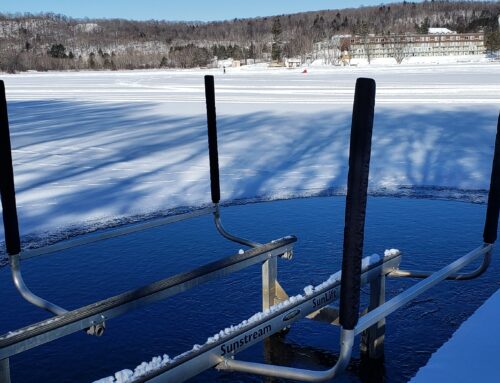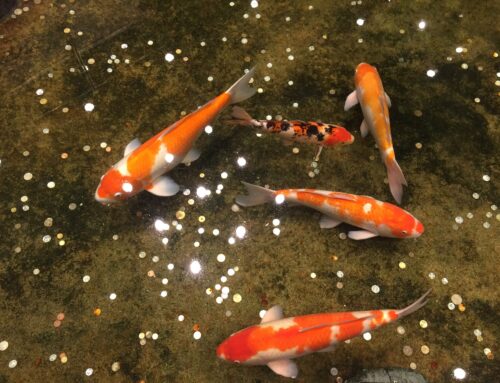Lake stratification is the separation of lakes into three layers
The 3 Layers of freshwater are:
- Epilimnion top
- Metalimnion /Thermocline middle (may change depth throughout the day)
- Hypolimnion bottom
Thermal stratification is the change of temperature at different depths in the lake due to change of density with temperature. Cold water is more dense than warm water. The epilimnion generally consist of water that is less dense/warmer than water in the hypolimnion however the temperature of maximum density is 4 degrees. Stratification persists until lowering temperatures in Fall break down the density difference between the two layers allowing them to mix together again. The significance of thermal stratification is that the lower layer of water, deprived of surface contact, slowly loses its dissolved oxygen and become less able to support aquatic life.

Aeration used for reducing thermal stratification
Destratification is the process in which the air or water is mixed in order to eliminate stratified layers. The most effective way to destratisfy a body of water is the use of an aeration system to prevent thermal stratification. Bottom aerators should be used to increase nitrification, bacterial efficiency and increase dissolved oxygen. This leads to a general increase in the rates of decomposition of bottom sediment and organic matter. With the increase of oxygen available also encourages the reduction in the concentrations of iron, manganese, nitrogen, and sulfur.






